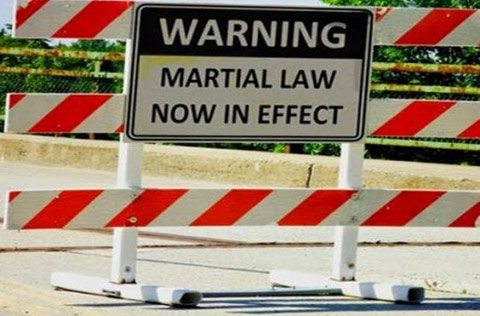
If you can’t leave the area, you need to act quickly because violence can and most likely will happen, especially if large crowds are involved.Ī good place to hide in an urban environment may be an abandoned location, like an old factory or apartment complex. Indeed, many agencies train officers to avoid the neck area altogether because of the vulnerability associated with neck compressions of all kinds.When civil authority is no longer recognized and the federal government (or any government) brings in the military to regain control of an area, the situation can go from bad to worse in short order. While choke and vascular holds are distinctly different techniques, training on the difference between the two may not be sufficient and officers may not apply vascular holds effectively in the heat of the moment, instead delivering chokeholds. Moreover, the research on carotid hold safety is primarily derived from competitive martial arts applications used by people who have had extensive and ongoing training. Unsuccessful application of a carotid hold during an ongoing struggle can shift into a prolonged neck restraint that compresses the airways, increasing the risk of injury or death. However, certain people (the elderly, people with Down’s syndrome, pregnant women) are at higher risk of injury from such holds and those individuals are not always visually identifiable. Carotid holds cause loss of consciousness, but there is “not medical reason to routinely expect grievous bodily harm or death following correct application in the general population” when applied by certified police officers trained in the technique. Medical research emphasizes the potential for respiratory chokeholds to cause airway collapse and significant injury. There is some evidence, from New York City, that enforcement of bans may be limited, thus curbing their effectiveness. Such cross-sectional analyses do not attribute causation, nor do they account for other relevant factors, such as differences among agencies in culture, policies, and practices. The available empirical evidence on the effects of neck-restraint prohibitions is limited to comparisons of agencies that have bans to those that do not, with the former reporting a lower number of all types of police killings of members of the public per capita. Banning neck restraint holds does not preclude officers from employing any means necessary to protect themselves or others in the case of deadly threat, including applying pressure on a person’s neck.It is unclear whether statutory or departmental bans on these techniques actually reduce their use, as the bans may not be effectively enforced and officers may resort to the holds in situations where they perceive significant threats.

Therefore, eliminating them alone will have little impact on the total number of deaths involving police use of force. Deaths resulting from neck restraints are rare, accounting for less than 1% of estimated police killings.Bans should be accompanied by revised academy instruction and new mandatory in-service training on safe alternative restraint mechanisms and other less lethal methods of control, along with duty to intervene policies.


Both also may involve application over a sustained period of time.


 0 kommentar(er)
0 kommentar(er)
